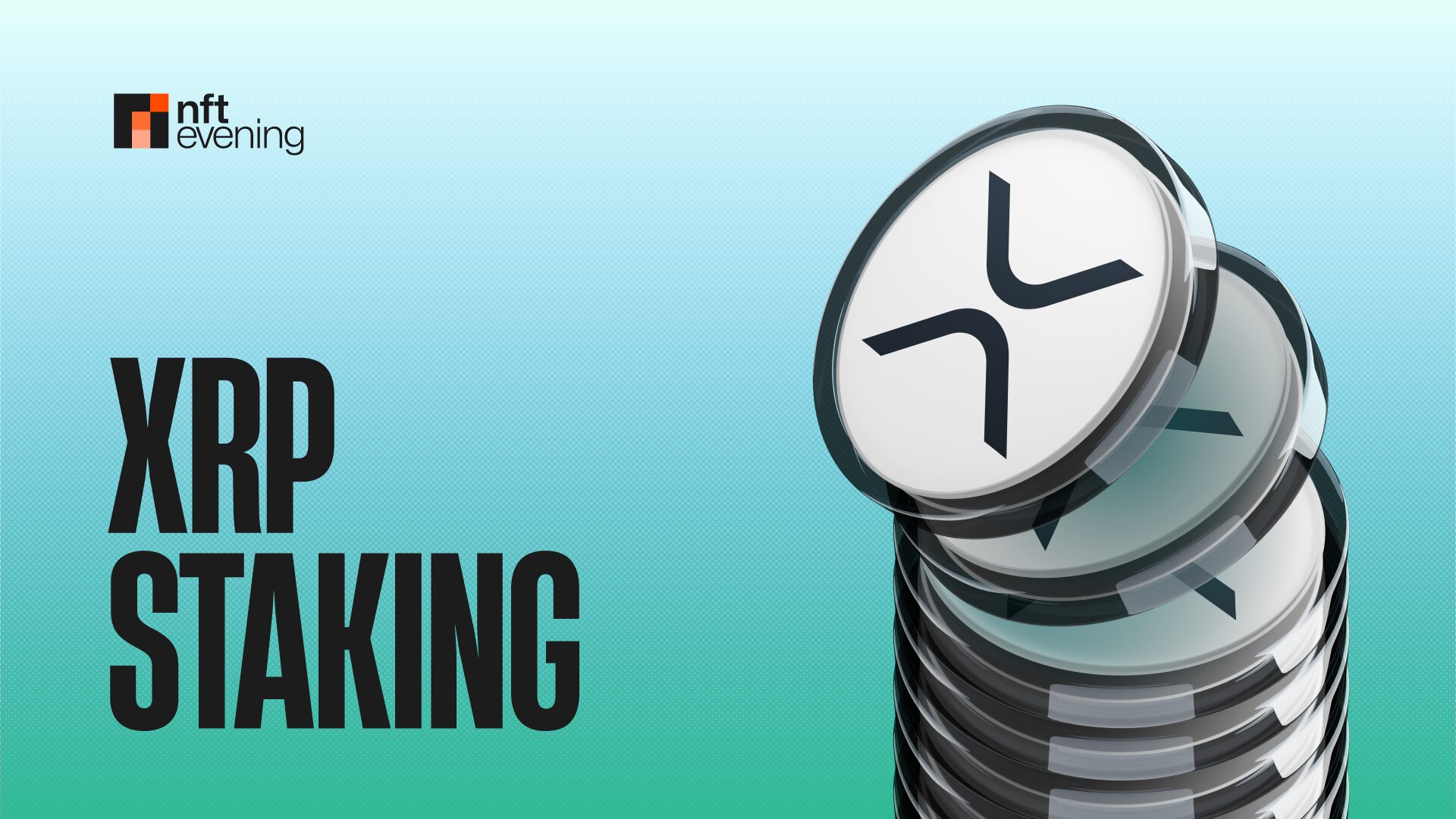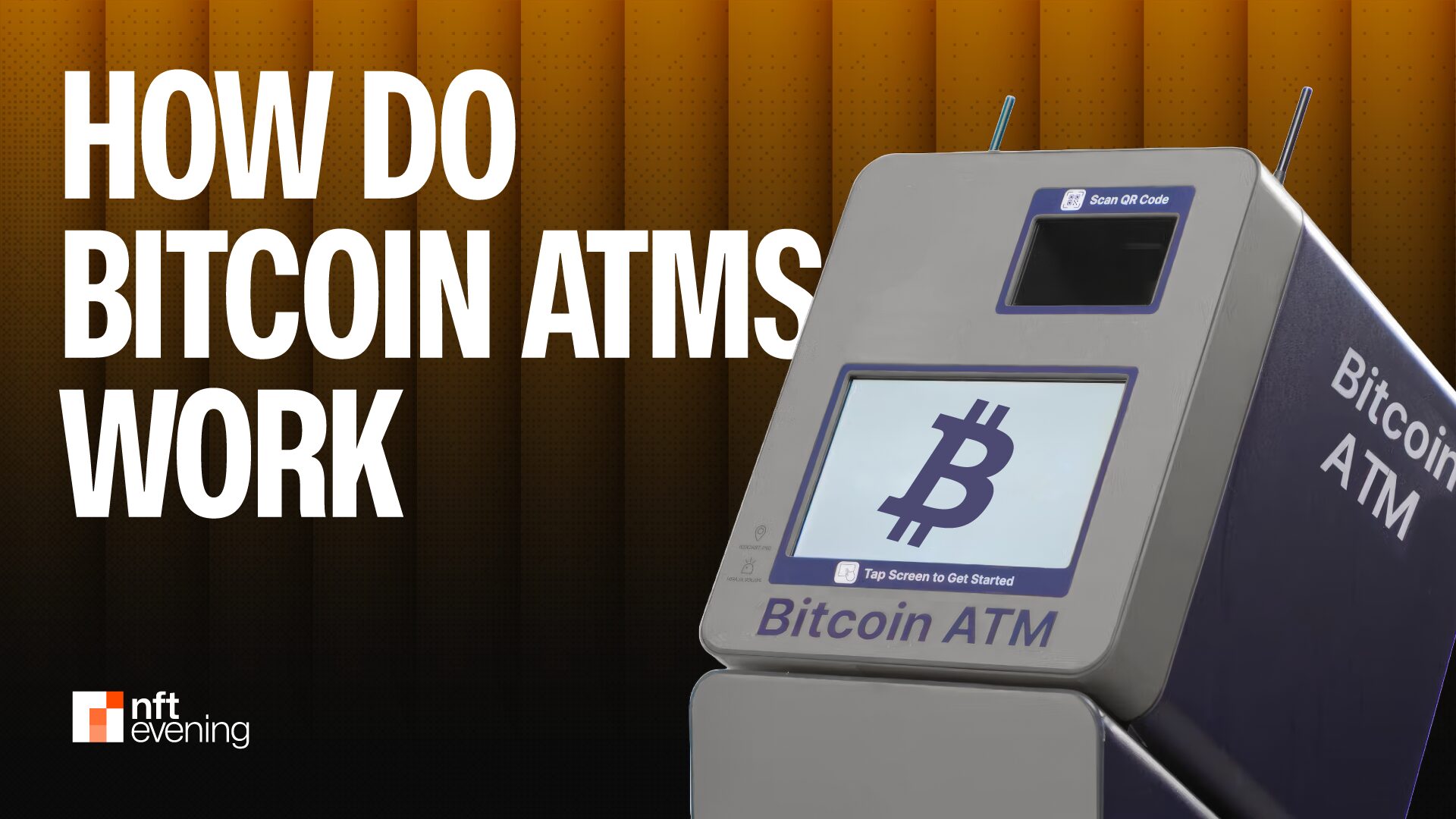Now Reading: XRP Staking Guide: How to Earn XRP Rewards in 2025
-
01
XRP Staking Guide: How to Earn XRP Rewards in 2025
XRP Staking Guide: How to Earn XRP Rewards in 2025

XRP staking is commonly misunderstood as a way to earn rewards by depositing XRP on platforms such as Binance, Nexo, Bybit, or Kraken. In reality, XRP does not support staking because the XRP Ledger (XRPL) operates on the Ripple Protocol Consensus Algorithm (RPCA). The concept of “XRP staking” typically involves users locking XRP on platforms for lending, liquidity pools, or other financial activities, with profits shared as rewards.
This article delves into what XRP staking entails, whether traditional staking is supported by XRP, how to generate passive income with XRP tokens, and the recommended practices for earning high rewards with XRP.
XRP staking involves locking up XRP tokens to earn rewards or interest, but it is not native to the XRP Ledger as it uses RPCA, which relies on trusted validators instead of staking or mining. Platforms like Binance, Nexo, or Kraken offer programs labeled as “XRP staking,” where users lend XRP, and the platform utilizes it for various activities, sharing the profits as rewards.
XRP does not support traditional staking due to the XRPL’s consensus mechanism, which does not align with Proof of Stake (PoS). However, users can explore alternative methods like lending XRP to earn rewards on their holdings. Centralized exchanges offer programs labeled as “XRP staking,” which essentially function as interest-bearing accounts or lending services that provide returns for deposited XRP.
XRP staking is distinct from XRP lending, where lending involves providing XRP to borrowers through platforms in exchange for interest payments. XRP lending offers passive income opportunities and diversifies an investor’s portfolio by generating returns independent of market movements.
While XRP does not support traditional staking, investors can explore other avenues to earn rewards on their XRP holdings. Staking other cryptocurrencies, liquidity provision, wrapped XRP, XRP lending, and yield farming are some alternatives to generate passive income with XRP, each offering unique benefits.
To earn interest with XRP, selecting reputable staking platforms, understanding associated risks, starting small and diversifying investments, comparing reward rates and terms, staying informed about regulations, and securing accounts and assets are key best practices to follow.
In summary, XRP staking provides a straightforward method to earn passive income by holding XRP on trusted platforms, despite the lack of support for traditional staking on the XRP Ledger. Various methods like lending, liquidity provision, yield farming, and wrapped XRP offer opportunities to generate passive income with distinct benefits.






